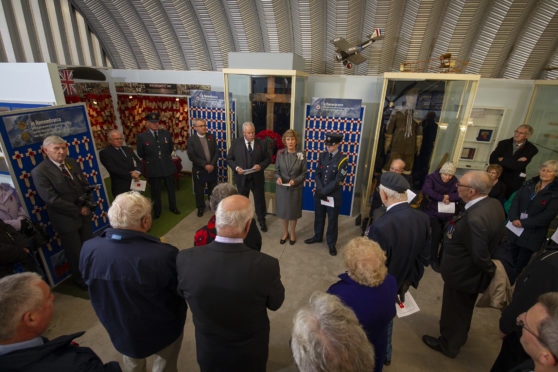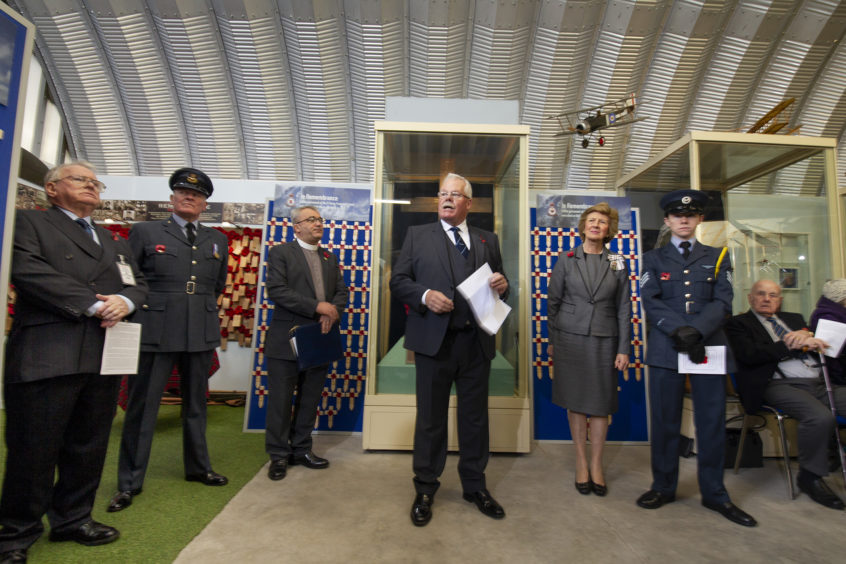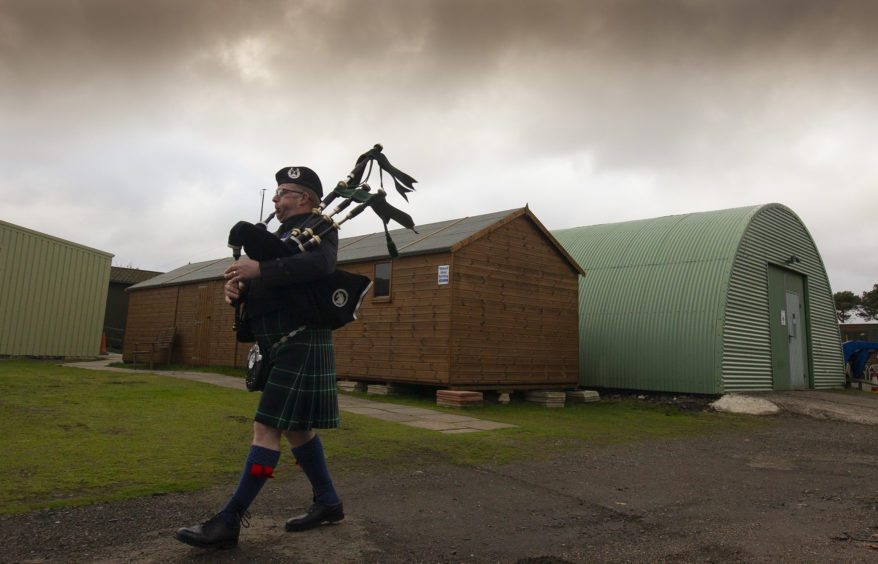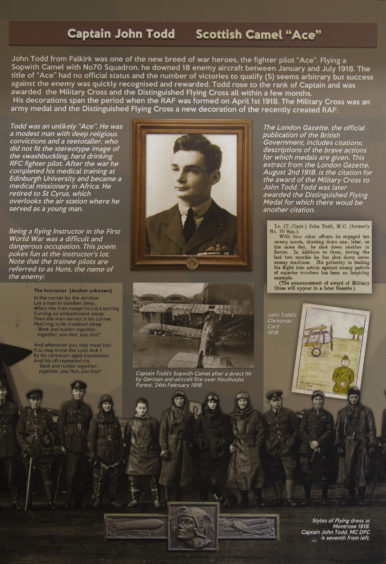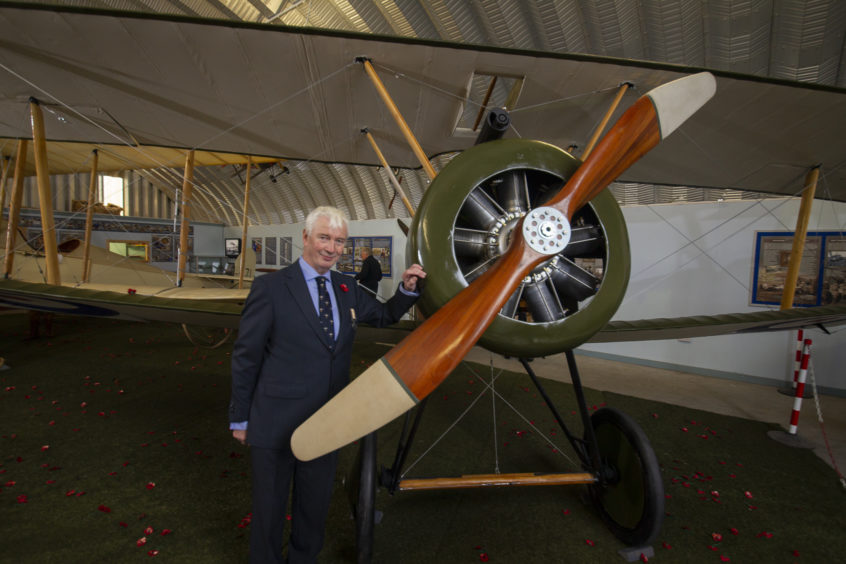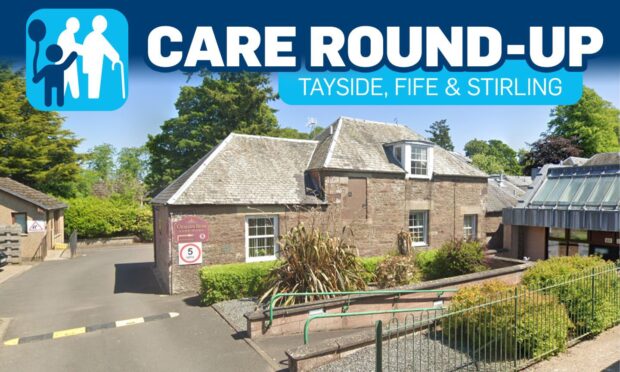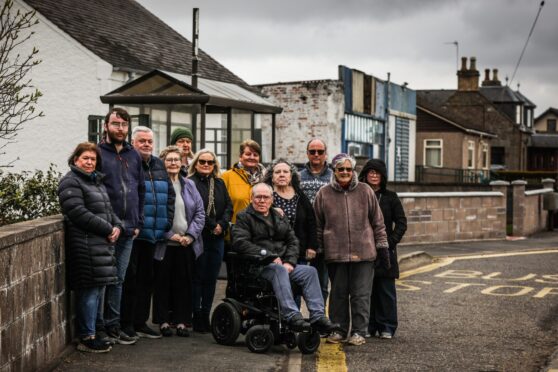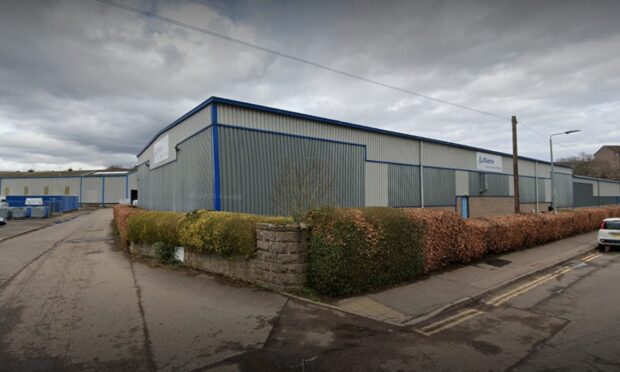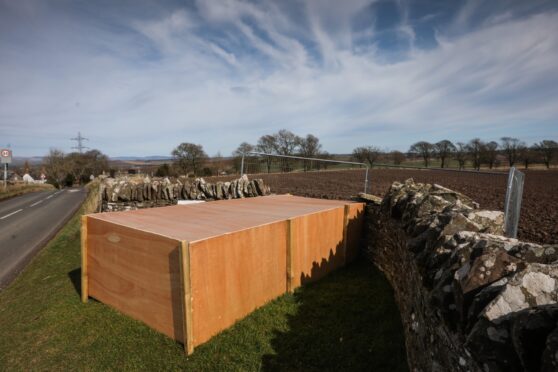The “promise of youth unfulfilled” was marked in an emotional service at Montrose Air Station on Friday.
A Remembrance Service was held for all personnel who died in flying training, through enemy action and natural causes while serving at RFC/RAF Montrose from 1913 to 1945.
Their identities were discovered through a research project to create a Roll of Honour and keep the memories of the wartime dead alive.
Dan Paton, curator of Montrose Air Station Heritage Centre, said: “Most war memorials are lists of names.
“We wanted more and it is surprising what can be found even at this distance in time.
“The centenary of the first world war raised public awareness and interest and gave a new impetus to the project.
“Increasing visitor numbers and many more enquiries from families brought in more information.
“The aim now is to create a Roll of Honour book with a page for each casualty giving brief biographical details and a photograph.”
Friday’s Remembrance event was the first occasion in which the results of this effort was made public in the form of a display of poppy crosses.
Each cross bears the name of a person who died while serving at RFC/RAF Montrose and the vast majority were killed in flying accidents in the fields and hills of Angus.
Mr Paton said: “The names of most of those killed by enemy bombs have not yet been found.
“Those who successfully completed flying training at Montrose and got their wings, went to operational squadrons.
“Finding their identities and what happened to them is an even greater challenge but it is one that we will not shirk.
“This is no dry historical research. It stirs the emotions.
“Across the years you see the personal tragedies and feel the sense of loss and the promise of youth unfulfilled.”
A restored replica of the most successful and famous British fighter aircraft of the first world war provided a dramatic backdrop.
The Sopwith Camel has long been one of the star attractions at Montrose Air Station Heritage Centre.
Made by RAF apprentices at St Athan in 1962, it had started to look a little tired and shabby so the decision was made to carry out a complete restoration.
The replica was stripped back to its frame and the team restoring it and finished it in the markings of the aircraft flown by Captain John Todd from Falkirk who was known as the Scottish “Camel Ace”.
Captain Todd scored 18 aerial victories during 1918 in a Sopwith Camel.
He joined the Royal Flying Corps as a cadet and was posted to No 70 Squadron RFC to fly the Sopwith Camel single-seat fighter.
Captain Todd was posted to Montrose as an instructor after his final victory in July 1918 and was awarded the Distinguished Flying Cross followed by his Military Cross.
Post-war, he became a doctor and went to Malawi as a medical missionary. He was later awarded the MBE for his good work.
He died in St Cyrus in 1980.
He hated war despite the kills he accrued.
Mr Todd’s grandson was in attendance on Friday.
